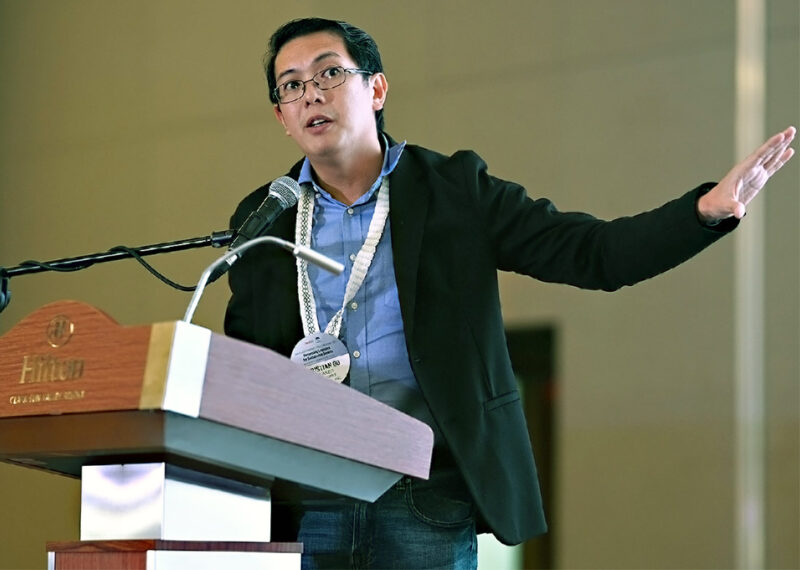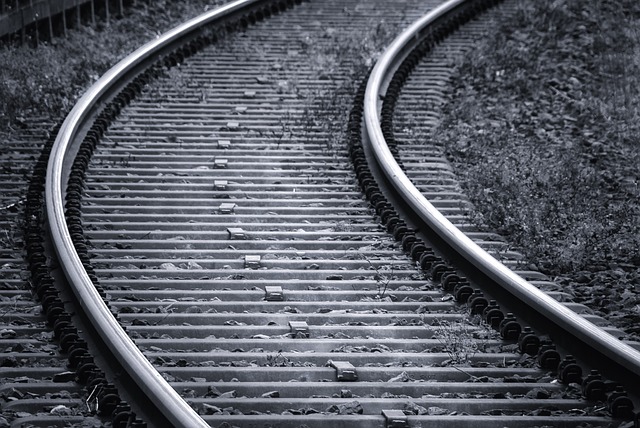-
DHL aims to electrify at least 60% of its fleet in the Philippines by 2030, according to DHL Summit Solutions, Inc. general manager for operations Christian Go
-
This is in keeping with the global logistics group’s overall sustainability targets for 2030
-
Purchases of electric vehicles have increased
-
Other alternatives to EVs such as hybrid vehicles and hydrogen vehicles are also being eyed
-
Sustainability efforts include use of sustainable aviation fuel, driver training, and “GoGreen” initiatives in its warehouse
DHL aims to electrify at least 60% of its fleet in the Philippines by 2030 in keeping with the global logistics company’s sustainability targets, according to DHL Summit Solutions, Inc. general manager for operations Christian Go.
“As a strategy, we are aiming to electrify at least 60% of our fleet in the Philippines. We’ve started purchasing electric vehicles for the express operations, but the goal is at least 60% of our entire business runs on electric vehicles by 2030,” said in a presentation during the recent Central Luzon Transport & Trade Conference 2024. The conference was co-organized by PortCalls and the Philippine Multimodal Transport and Logistics Association.
The use of EVs is a big part of the DHL Group’s target for zero emissions by 2050 to drive the logistics industry toward a sustainable future.
Reducing greenhouse gas emissions to under 29 million metric tons; increasing the share of sustainable fuels to over 30%; and offering green alternatives for 100% of all core products and services are the other objectives under the group’s sustainability targets for 2030.
DHL Express Philippines early this year said it was introducing 25 EVs to its fleet in 2024, bringing its total EV count to 47, making up a quarter of the whole delivery fleet in the Philippines. The additions include 10 trucks, eight vans, and seven motorcycles.
READ: DHL Express adds 25 EVs to delivery fleet
Go said while DHL intends to “ramp up” purchases next year, their approach to EV investments is “more conservative because the challenge that we have for EVs is that the technology is still new.”
He explained: “We don’t want to deploy large scale yet. The brands are still quite limited. Battery technology is not yet 100% polished. So, the EV investments that we have for the businesses in the Philippines is gradual.”
DHL is also looking at other alternatives to EVs such as hybrid vehicles and hydrogen vehicles.
“We’re not all tied up with electric vehicles because the other aspect that we were looking at in deploying EVs is that the source of the electricity, right? You may be operating an EV, but if the source of the electricity, where you charge it from doesn’t really come from green sources, then [it] defeats the purpose,” Go said.
Still part of sustainability initiatives is the use of sustainable aviation fuels (SAF). In 2022, the group said it was collaborating with BP and Neste to provide more than 800 million liters of SAF to DHL Express within the next five years.
Through DHL Express’ GoGreen Plus service, customers can reduce 30% of the carbon emissions associated with shipments by using SAF instead of traditional fuel for aircrafts. Using the service will help customers hit their sustainability measures, Go pointed out.
Another area DHL is looking at to burn less is equipment design. “In Europe, you’ll see trailers that have teardrop designs. Aerodynamics also plays a big part in burning less,” Go noted.
Drivers also undergo training as their driving behavior “affects the way we consume fuel.”
Meantime, the soon-to-be inaugurated 50,000-square meter DHL Supply Chain Sta. Rosa Logistics Center will feature GoGreen initiatives, including the use of solar panels, LED lights, harvesting of rainwater, and EV charging stations.
READ: DHL Supply Chain breaks ground for state-of-the-art Laguna warehouse
Go acknowledged that reaching the target zero emissions by 2050 is “a very, very difficult task even for us.”
He noted, however, that “For us, green transport is more than just efficiency in operations, more than just a branding tool for us but it’s also doing our part in climate control.
“We have noticed these past few weeks and months that…the weather is very, very unpredictable and this… is a result of climate change. So for us to be able to continue doing business in the future, not just for us, not just for our customers, but also for our children is really to take it as a part of a larger mission to help curb these changes in the environment.”
Finally, Go said sustainability efforts go beyond competition with other third-party logistics and contract logistics providers: “Sustainability is a responsibility for all. And we need to push this because we’re running out of time. We’re already experiencing the effects of not prioritizing this in the past 20 years. And we have to double our efforts when it comes to sustainability.” – Roumina Pablo









